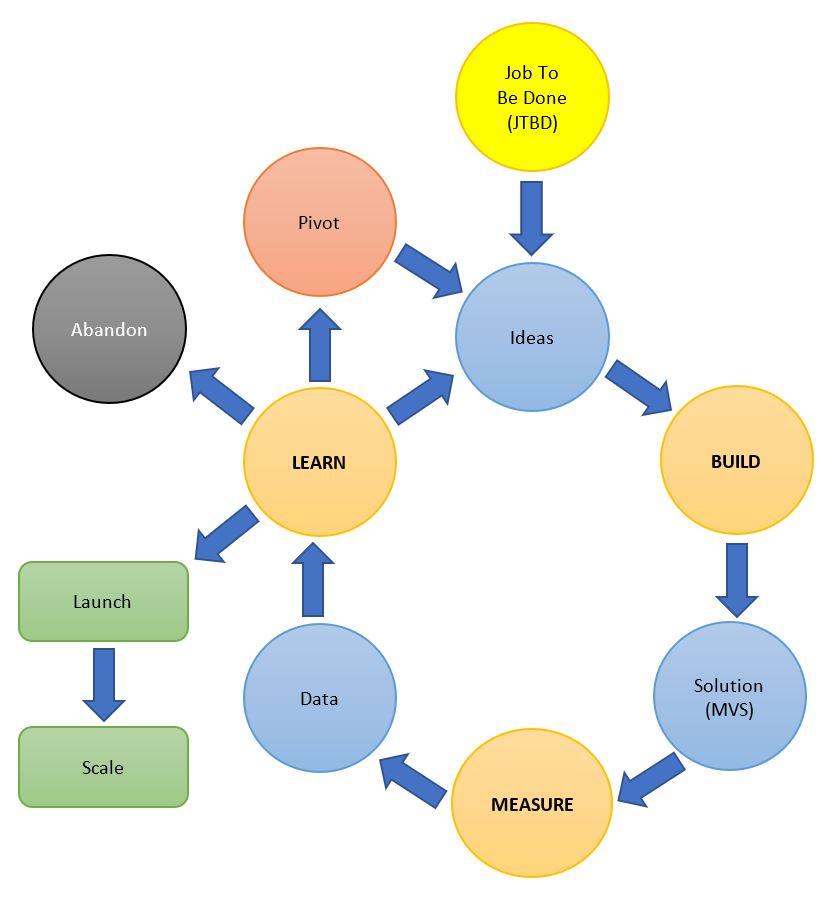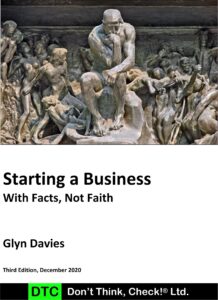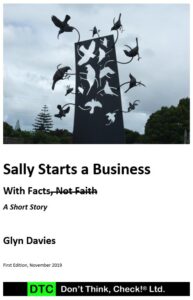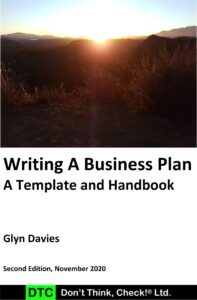Introduction
We have moved well beyond business as usual into an alternate reality of business unusual.
This may be the time to follow the “if life hands you lemons, make lemonade,” cliché or maybe if you prefer, make marmalade, lemon tarts, or lemon honey. Mmm, I like lemon honey.
Anyway, if what you were doing recently isn’t working now, you need to seriously consider whether it is worth continuing on that journey, but this time with more enthusiasm and zeal. The admonitions that “you didn’t try hard enough,” or “you really must want it” are more often than not simply nonsense. Maybe my version of the so-called serenity prayer (apologies to Reinhold Niebuhr) is helpful:
I need to:
develop the serenity to accept the things I cannot change,
develop the courage to change the things I can, and
develop the wisdom to know the difference.
Discussion
During business as usual, known stimuli, such as a change in the weather, lead to relatively predictable outcomes. For example, if a sunny weekend is predicted, you can with high certainty expect an increase in sales of suntan lotions, beach toys, more people at the beach, and the cascade of purchasing stimulated by first the forecast and then the eventuality. The results can be predicted with high probability from the starting conditions.
Normally, we live in relatively complicated situations, where known stimuli lead to known and predictable results. Even if you and I don’t know what the outcomes are likely to be, there are experts who do. Experts apply good practice by sensing what is going on, analysing the findings, and then they respond or advise accordingly.
Let’s make sure we’re on the same page regarding some important terms:
Assumption: A factor that is considered to be true, real, or certain to happen, without proof or demonstration.
Dependency: Where a factor depends on one or more other factors.
We should, wherever possible turn our assumptions into facts and known dependencies. Starting off with an assumption, which you rapidly turn into a hypothesis, which you, in turn, prove or disprove is what we need to do. Running your business (or life) based on assumptions is not very far removed from running your business with guesswork; the probability of catastrophic failure is high.
But what happens when life gives you lemons, or when we have a pandemic and the economy simply breaks? Many of the assumptions dependencies that are the foundations to our businesses will be shaken, changed, or removed. For example, if you have a café, you are dependent on a predictable volume-pattern of foot traffic. But what happens when there is a mandatory social distancing order? What happens next when the social distancing order is elevated to a mandatory stay indoors and at home order? All businesses depend on in-person interactions; can your business move to a social distancing or complete isolation model?
A step up from complicated are complex situations. There’s a subtly between those words that most of us miss. Even trying to write this post I mixed them up because of imprecise thinking.
When things are complex, the outcomes or results cannot be predicted easily or at all. Experts with their toolbox of canned advice may still be helpful, at times, but complex situations render canned advice mostly ineffective.
Instead, in complex situations, one probes the environment and senses and analyses what happens and then creates a response. This is very much like the Build-Measure-Learn loop in The Startup Way, by Eric Ries. It’s a form of rapid and cost-effective decision-making based on rapid experimentation with Minimum Viable Solutions (MVS). See the diagram below:

Job To Be Done (JTBD) – Identify a job that needs to be done (a need to be fulfilled). It always starts with a Job To Be Done, “build it and they will buy is not a strategy, it is a prayer,” “you cannot create a market or customer demand where there isn’t customer interest,” Steve Blank.
Ideas – from a Job To Be Done, develop ideas in the form of a falsifiable hypothesis (guess) about what a solution might look like. Iterate your ideas into a solution and a plausible Business Model.
BUILD – build a Minimum Viable Solution (MVS), the minimally functional solution worth paying for that will allow your hypothesis to be tested. If you are able and it is appropriate, develop multiple MVSs to determine which is the best.
Solution – unleash your MVS onto your target market segment under controlled experimental conditions. How, when, and where you do this is dependent on many factors such as your market segment, the nature of the MVS, and on the economic climate to list a few.
MEASURE – measure the Solution/Market fit. What do customers say? How do they use the MVS? Are they using the MVS in the manner expected or in different ways? Most importantly, do customers buy the MVS?
Data – objectively collect data. High quality reproducible and verifiable data is critical to decision-making. Don’t let your enthusiasm, self-interest, or sunk costs skew your data collection. Be objective, you literally can’t afford not to be.
LEARN – learn from the data gathered, your observations, and your experiences trying to sell the MVS. What did you learn? Based on the evidence, what is the most appropriate course of action now?
Repeat – if the evidence is positive, but not sufficiently convincing, maybe you need to traverse the loop once more. You can do this changing nothing if all you want to do is confirm that the initial results are not an aberration, or you can modify your ideas and the solution design and build a revised MVS, and then repeat.
Pivot – a pivot, according to Eric Ries is “a change in strategy without a change in vision.” The evidence may suggest that the original vision or idea for the Job To Be Done was misplaced or simply wrong. This happens for any number of reasons such as not enough customers in existence prepared to pay the price you need. Maybe there is a Job To Be Done, but it’s not the one you originally identified, in which case you pivot and re-traverse the loop.
Abandon – the evidence indicates that the original vision comprising the Job To Be Done, solution, and Business Model is not viable and nothing can be done to rescue it. This happens. Accept reality and move on. Either find something else to do or start the process afresh by identifying a different Job To Be Done and re-traverse the loop.
Launch and Scale – congratulations, the evidence indicates that it is worth the risk to invest in launching and scaling the Business Model, and therefore the business.
Summary
What was just described was a thumbnail sketch on how to develop a new Business Model or modify an existing Business Model in any environment, including the complex environment that we find ourselves in today with Covid-19.
You may be wondering, “is there anything beyond complex, does it get worse?” Well, it could get worse, or we may already be there. It depends on your circumstances and how you look at or measure things.
Beyond the land of complex we end up in chaos. My spidey senses suggest that the current economic environment is much more inconvenient than normal, but I don’t believe we have stepped over into chaos just yet, especially considering the help the government has announced will be available.
In any case, instead of the probe, sense, respond activities that are appropriate in complex environments, in chaotic environments we act, sense, respond. Regardless, the Build-Measure-Learn loop above is still useful – trying to figure out what you can do by rapidly testing your hypotheses with experiments using Minimum Viable Solutions. All hail the scientific method!
The question is, how often will you need to revisit the loop and therefore your Business Model, as under complex and in particular chaotic conditions, change is likely to be frequent and unpredictable. The answer is, it depends, but it is likely to be more often than you expect or prefer.



